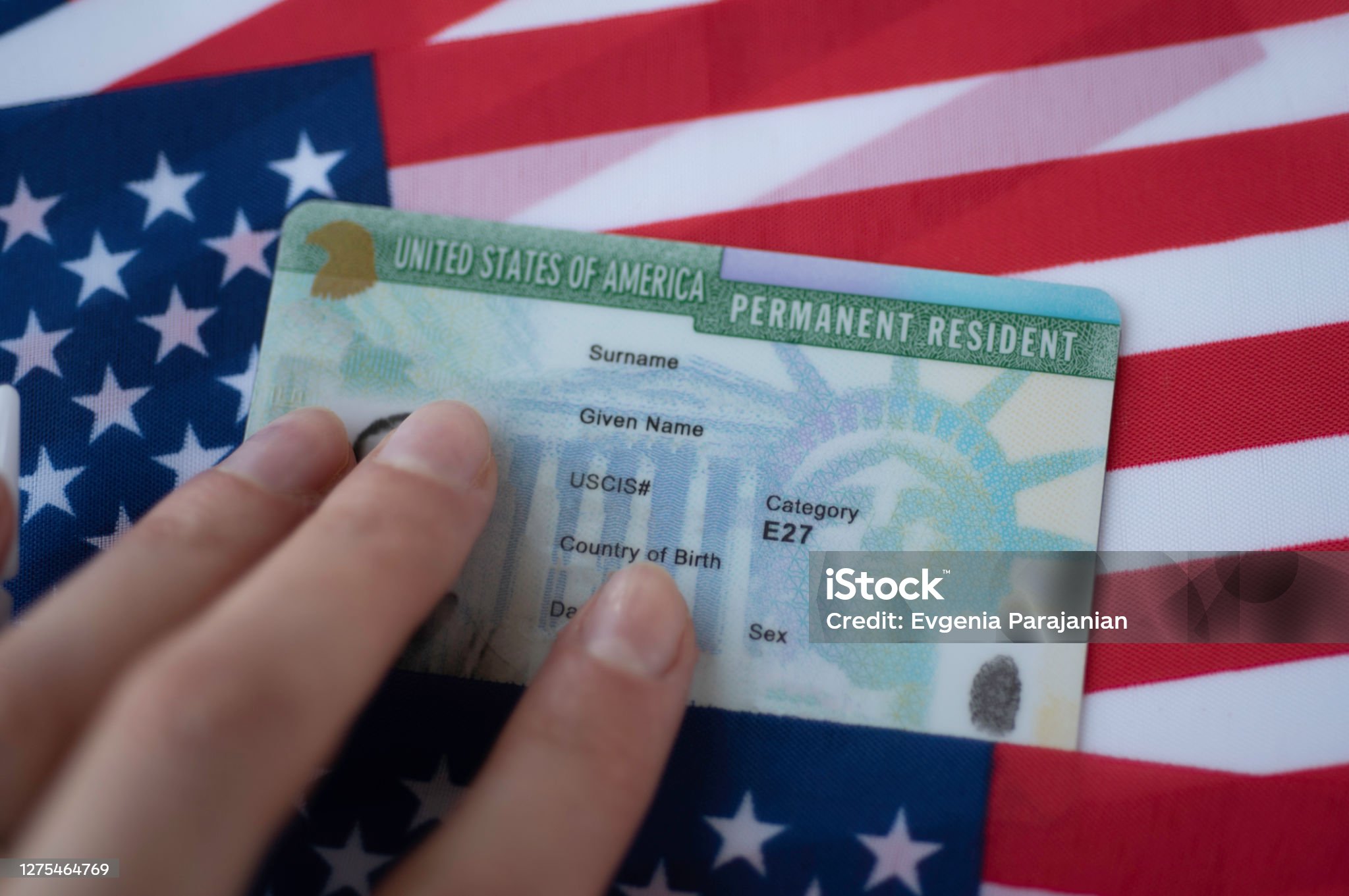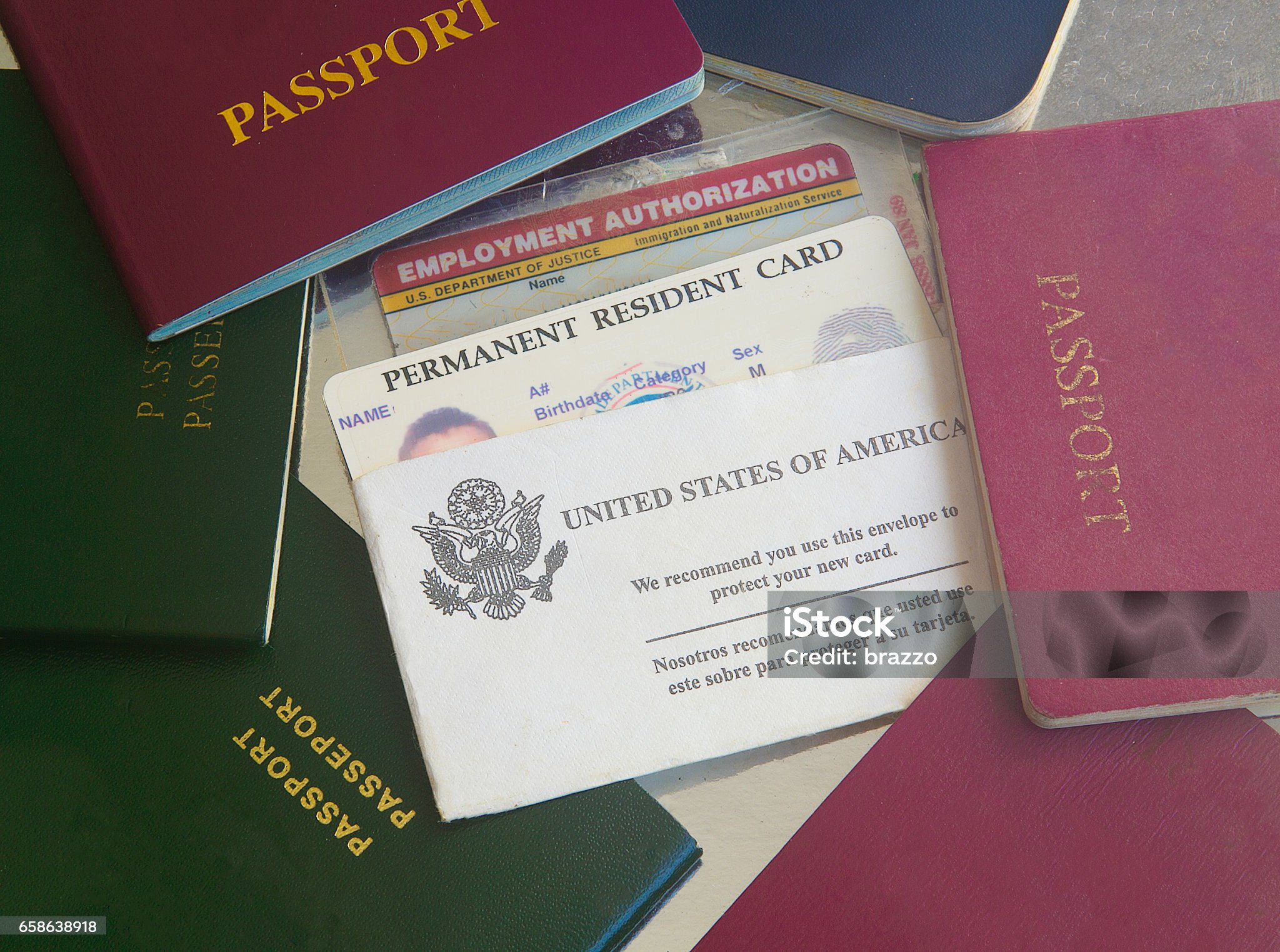Detailed Comparison regarding ID Papers alongside Their Use in Different Countries
Detailed Comparison regarding ID Papers alongside Their Use in Different Countries
Blog Article

1. Overview of Identification Documents
Identification documents have significant personal and societal impacts. They act as "permissions" and "access passes," meaning society functions smoothly only when they are available and universally accepted. There are different kinds of identification documents, each serving a specific purpose. Take, for instance, a copyright, which confirms an individual's legal ability to drive, and a copyright, which acts as proof of citizenship and permits border crossings. Such documents hold significant personal importance and facilitate transactions such as employment, services, insurance acquisition, and car rentals. Often, financial institutions may need to verify these documents when dealing with borrowers who appear unreliable or have poor credit histories. These documents not only serve as clear proof of identity but also as authorization for a person to fund or operate within the law.
Historically, identification documents did not hold as much importance in daily affairs as they do today. Their significance has increased over time due to shifts in legal and security frameworks. Technological advancements have permitted the development of security systems that far exceed the ID technologies currently available to consumers. Numerous nations are transitioning to biometric-based standards for national IDs. A few countries have already put electronic exit systems into practice.
Personal identification documents act as formal proof of legal status. The "real identification" acknowledged universal documents include passports, copyright, copyright, and driver's licenses at both the international and national levels. People often securely store their critical identification documents so that they can readily access them at a moment's notice.
This discussion focuses on the importance and legitimacy of documents like the IDP, Real ID, copyright, copyright, copyright, and resident permits to raise awareness about their significance. Educational staff and the general public should know about them, and this information might be useful in preventing loss or regaining these documents. The content here is designed to inform both national and international readers about the most critical documents they need for personal understanding and practical use.
2. Laws and Regulations Pertaining to Identification Documents
Identification documents are governed by laws and regulations that vary from one jurisdiction to another. These documents are provided to individuals through authorized issuing entities in accordance with rules designed to maintain their integrity. In some cases, identification documents are compulsory, while in other cases they serve as forms of verification or validation. It is the responsibility of the individual to follow the rules of the jurisdiction that governs the use of the document. In summary, it is important for individuals to be aware of the specific legal guidelines relevant to them in any jurisdiction where they plan to engage in transactions or utilize these documents. Primarily, local and state government bodies regulate, issue, and control the use of certain identification documents for particular transactions.
The varying requirements of each jurisdiction and reasons for identification documents, however, can conflict with the need to travel and conduct business on an international level. Thus, it is a widespread issue when travelers struggle with unfamiliar identification regulations across countries. It would be impossible to detail every country’s specific identification rules here, but it is important to know, today and in the future, with nearly 200 countries bordering this globe and some 7 billion inhabitants who are traveling, trading, and doing business with each other. By not following the rules, individuals could violate another country's laws, and that is where the rules of reciprocity and international legality must be applied. Noncompliance may result in civil or criminal consequences, breaching identity, privacy, trade, commerce, or human rights laws.
Public policies and protected rights can sometimes clash when creating security regulations for travel IDs. That is, human rights may conflict with public policy on the tightest, most secure identification and documentation required to combat terrorism. In recent years, the introduction of digital mobile driver’s licenses has led countries to either update or create new laws and regulations that go beyond just technology, as this field continues to evolve. Digital identification documents for travel have been held up as the next path for moving the world travel community. Despite the shift towards mobile driver’s licenses, there will still be a requirement for passports for a significant period of time. 
Both the standardization and evolution of digital IDs and mobile driver licenses are continuing to develop. Take California as an example: two years after passing its mobile copyright law, stakeholders are now ready to agree on formal rules for the first state-endorsed mobile license.
3. Comparative Study of International Driver’s License, Real ID, copyright, copyright, copyright, and Resident Permit
An International Driver’s License serves as a form of identification for individuals driving in foreign countries. Neither the United Nations nor the International Non-Governmental Organization ever made the International Driver’s License to facilitate travel within a group of states.
The Real ID, as an identification, would primarily have a function such as being a widely acceptable identification to board domestic flights, alongside state driver’s licenses and identification cards produced by states and territories following a national standard. In addition to domestic travel, the Real ID grants access to federal facilities and nuclear power plants. However, the Real ID is not a travel document, copyright, visa, or resident permit. Even though some individuals could use it overseas for identification or birth date verification, its main function is for domestic use.
More specifically, passports are in the United States a form of original rather than derived identification. Passports were developed to ensure citizen safety abroad and aid in travel for diplomatic reasons, treaty negotiations, or international matters of concern. This is the copyright’s official and administrative purpose. The copyright also has, of course, a bureaucratic or private use. In order to travel abroad, especially across state borders, but in some states inter-regionally, the traveler must not only be fit to carry a copyright but also meet many other requirements.
copyright are records issued at birth that serve as the basis for acquiring passports and other identification documents. When comparing the two, copyright and passports may seem to have the same general function. That said, a copyright carries additional long-term benefits. Additionally, while a copyright is used to acquire a copyright, it does not result in a “second copyright”. It is irrelevant to the second copyright unless the traveler intends to pursue an unlawful second nationality.
4. Anti-Fraud Mechanisms and Security Features in Identification Documents
Various security features are implemented to prevent forgery, tampering, and fraudulent activities. Many identification documents integrate security elements like holographic images, multi-layer visuals, and laser engravings to prevent fraud. Some ID cards also incorporate RFID chips, which store digital images and biometric information to boost security.
A number of these security components are covert or semi-covert, including techniques such as special ink designs, watermarks, or microtext. All these features aim to make ID documents challenging to forge. 
Typically, the security level of an identification document is proportional to the level of trust it is expected to carry. copyright For instance, a copyright may have less stringent security measures compared to a copyright, as it is mainly used within a country.
Advances in technology have led to the development of sophisticated ID document security features. Actively promoting and adopting new security technologies is crucial to staying ahead of those attempting to copyright or commit fraud with ID documents.
Moreover, it is also important to regularly review both current and future security elements and issuance procedures. This evaluation helps ensure that identification security keeps up with emerging threats and advancements that might compromise the document's integrity.
Furthermore, an effective anti-fraud document security program should focus on proactive as well as reactive strategies. Proactive measures can include workshops, public service announcements, educational outreach, and security conferences.
5. Conclusion and Future Trends in Identification Document Technology
This document takes a global look at some of the many variants of identification documents in the world. Identification documents should be understood not only in terms of technical aspects like security features but also through the legal frameworks supporting their use in courtrooms.
My research highlights varying perspectives on what constitutes a strong identification document and how its value as a verification tool changes depending on where it’s utilized. Additionally, ethnographic research could offer insight into how different cultures define what constitutes a reliable identification document. Comparison studies shed light on how identification document legitimacy can differ, even among countries with similar systems.
The future of identification documents is being shaped by cutting-edge technological advancements. Technology is continuously boosting the CV and service offering of standard secure documents such as eIDs to follow the adoption of mobile phones. The main landmarks in this new convergence are biometrics and blockchain used as distributed ledgers.
Biometrics and its “liveness” function will capture biometric data during direct interaction with the enrolling authority, ensuring identity accuracy and reducing the risk of digital identity fraud. It will go beyond our basic human rights recognized by international law and several constitutions. Access to this biometric data needs to remain highly private and governed by the individual’s consent.
The spread of digital identity can also lead to issues related to exclusion. Many people struggle to gain access to digital identity systems, especially in certain regions. Some already speak of an “identity gap” widened by technology, which creates disparities in access to identity verification needed for participation in various societal sectors.
There is a need for more systematic comparisons between digital identity systems and physical documents. Besides verifying identities, these systems are used to assess risk in various transactional contexts. There should be more systematic research to see how guaranteeing the “offline” verification rights can be applicable to this new identification context.